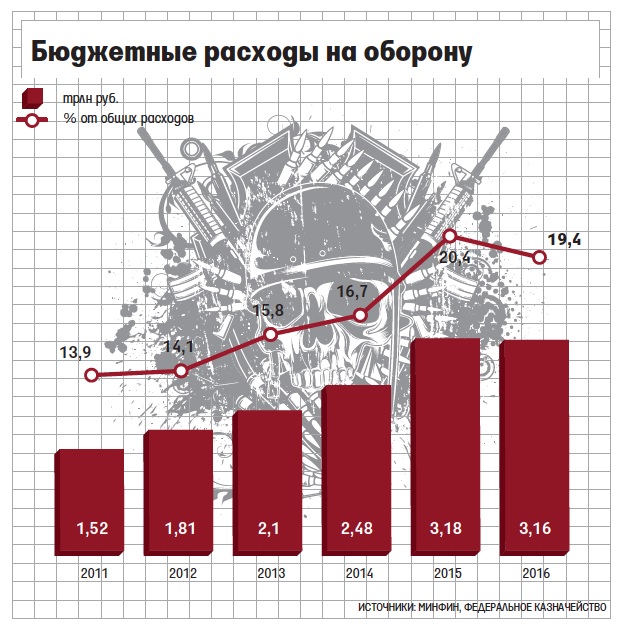By Bill Roggio; Lisa Lundquist
I. INTRODUCTION
Attacks on Coalition forces by Afghan forces — the so-called green-on-blue attacks — have emerged as a major threat in the 14-year-old war in Afghanistan. These attacks from within have increased dramatically between 2011 and 2013; in 2012 they accounted for 15% of Coalition deaths.
As the United States prepares to complete the withdrawal of its combat troops from Afghanistan by the end of 2016, the US military and its Coalition partners are increasingly shifting security responsibilities to Afghan forces. The success of this security transition depends greatly on the strength and competence of the Afghan military and police. Accordingly, the training of the newly-mustered Afghan forces has become a linchpin of Coalition strategy, which in turn hinges upon the work of trainers with Afghan security forces. This situation has placed Coalition troops at increasing risk as the drawdowns continue and Taliban efforts to infiltrate Afghan forces are being ramped up.
In 2012, attacks by Afghan forces on Coalition forces surged; in 2012, they accounted for 15% of Coalition deaths. In 2011, green-on-blue attacks accounted for 6%; in 2010, 2%; in 2009, 2%; and in 2008, less than 1%.












 Read the Publication
Read the Publication



